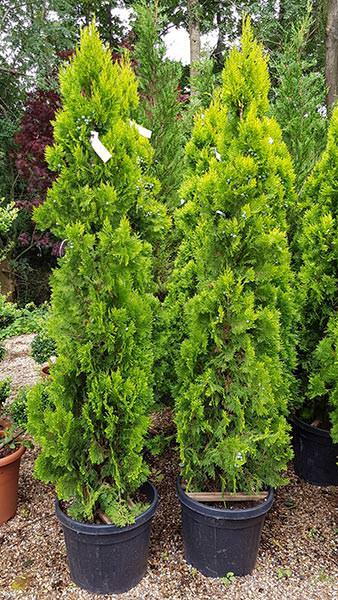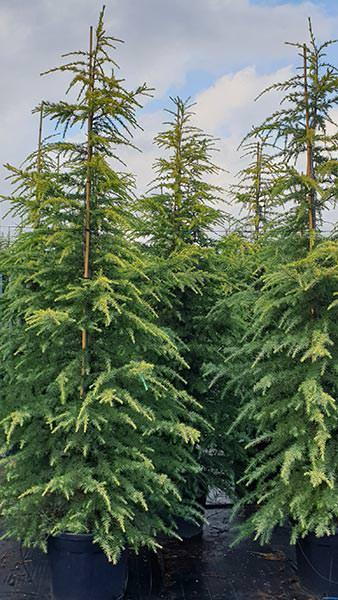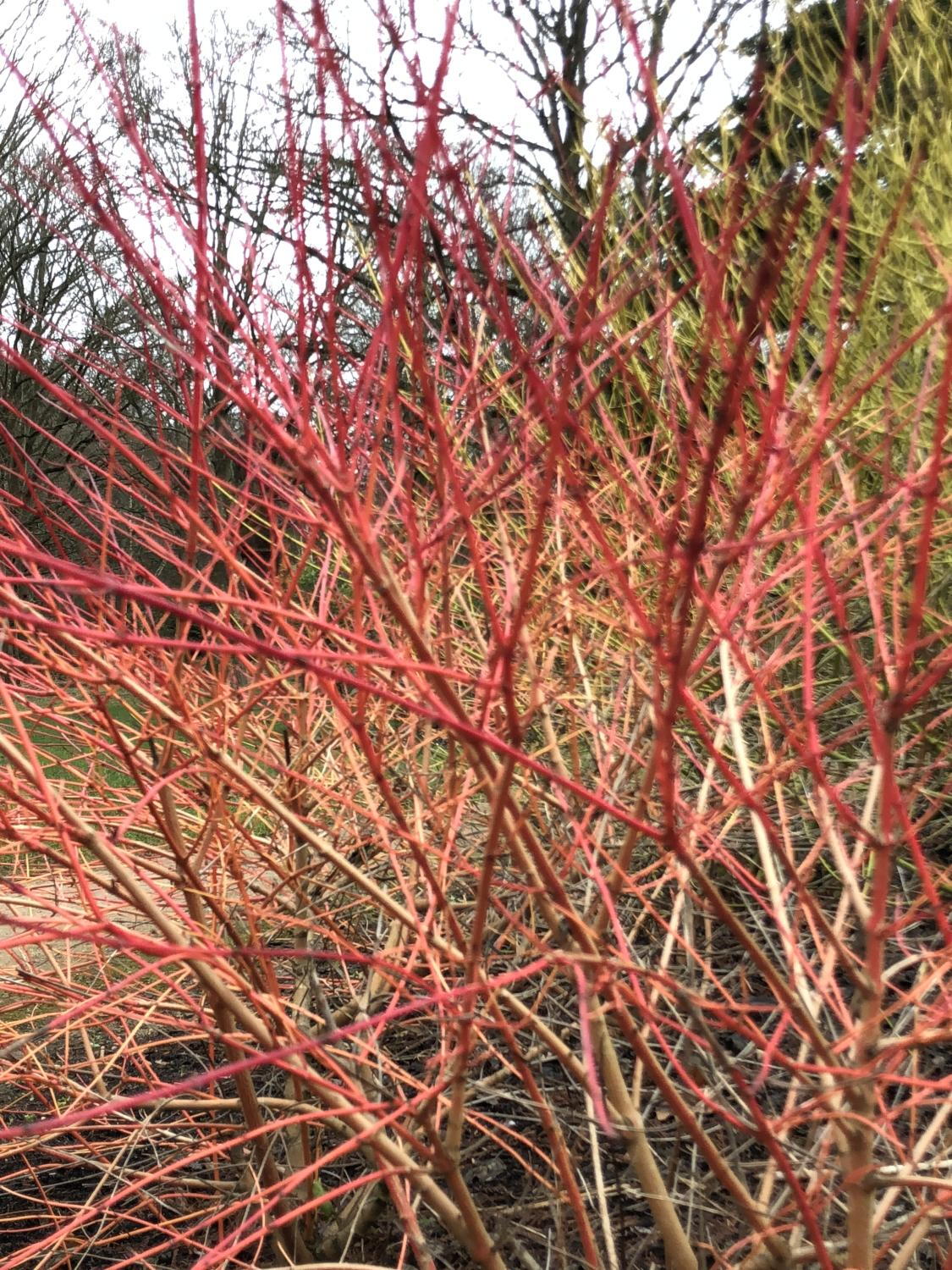Cornus Sanguinea Anny or Dogwood Anny Winter Orange Buy UK
Cornus Sanguinea Anny's Winter Orange or Dogwood Anny's Winter OrangeCornus Sanguinea Anny's Winter Orange also called Dogwood Anny's Winter Orange, is vigorous shrub that provides a striking winter display. The small bush grows to a height of 90 to 120 cm with a similar spread. It is multi-stemmed with a suckering growth habit. The tough shrub is exceptionally eye-catching when massed as a shrub border or used as an informal hedge. It also makes an acceptable privacy screen. During the spring months, the dogwood sprouts large, ovate green leaves that stand out in stark contrast to the yellowish-orange stems. When summer arrives, Cornus Sanguinea Anny's Winter Orange produces dense clusters of white flowers that readily attract butterflies and birds to the garden. Following flowering, ample blueberry-like berries form that are a deep purple hue. The berries attract a bevy of birds who enjoy dining on them. In the autumn months, the foliage of the Dogwood Anny’s Winter Orange takes on shades of bright orange, bronze and yellow before falling. However, even though the foliage has disappeared, the true show is just beginning. The stems begin to develop a bright yellow colour. As the cold winter weather progresses, the stems turn orange and boast bright red tips. The vibrant colours of the stems persist throughout the winter months and look extremely striking in any garden setting. Cornus Sanguinea Anny’s Winter Orange grows best in full sun or partial shade. It is not fussy about soil type but prefers moderately moist conditions that are not overly wet. Ideally, the soil should be high in organic content. Once established it is easy to grow and requires virtually no care to thrive. It needs no pruning, but the best winter colours appear on the newest shoots. Cutting the shrub flush to the ground every two or three years in the spring promotes new stem growth. However, if you do not wish to severely prune the shrub, then it is suggested that one-quarter to one-third of the old growth shoots be removed every few years to make room for new growth. The flowers of the Dogwood Anny’s Winter Orange only form on stems that are two years old or older. Cornus Sanguinea Anny’s Winter Orange is native to most of Europe and some parts of western Asia. It has an Award of Garden Merit from the Royal Horticultural Society.If you are looking for a shrub that needs very little care to thrive and provides year-round visual interest than the Dogwood Anny’s Winter Orange is an outstanding choice. See also red barked dogwwod including Cornus Alba Aurea, Cornus Alba Sibirica and Cornus Alba Gouchaultii.





